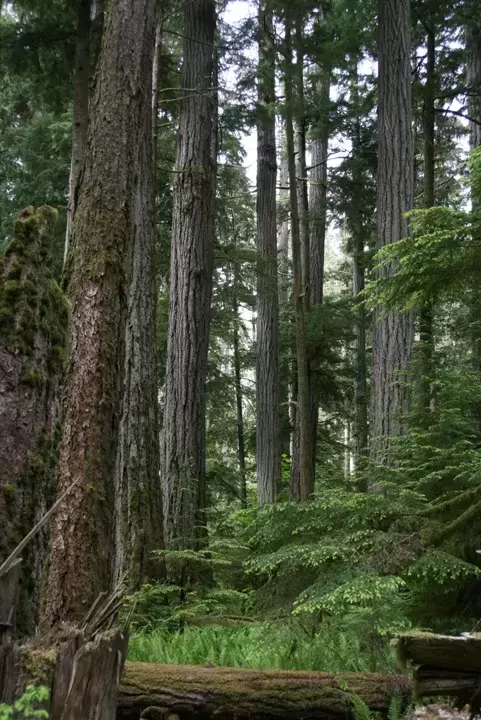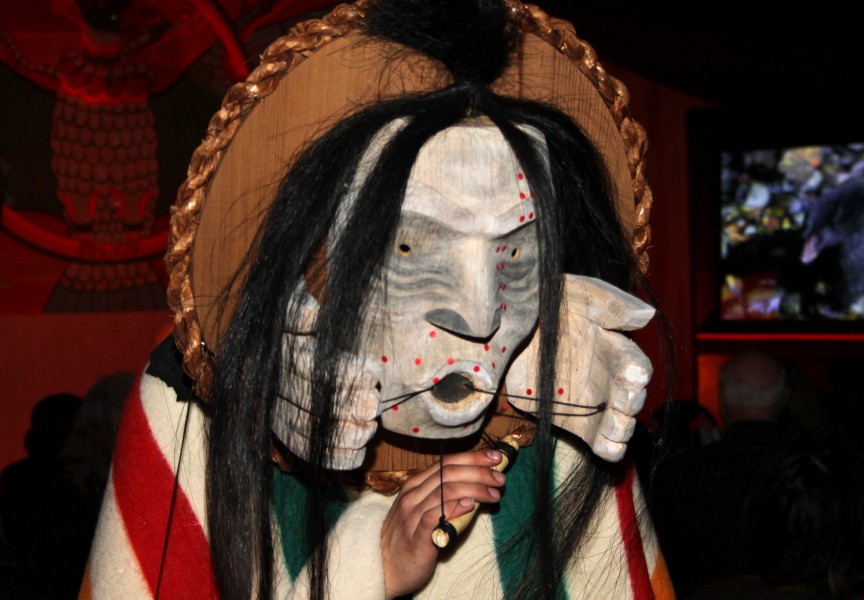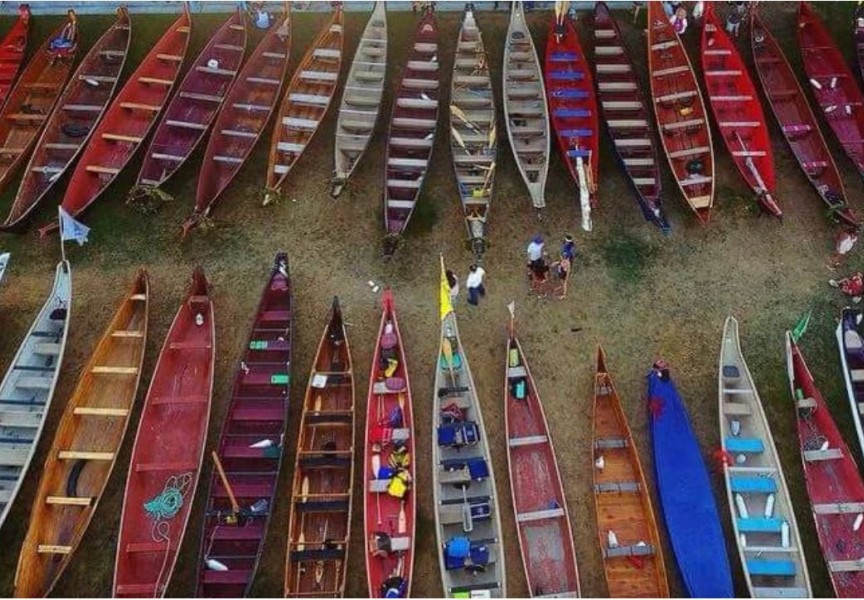An international protocol regarding rights to genetic resources and protection from bio-piracy threatens ownership of Aboriginal traditional knowledge in Canada, including within Nuu-chah-nulth territory.
The Nagoya Protocol is a United Nations agreement internationally adopted last October in Japan by those who were also involved with the Convention on Biological Diversity. Through the protocol, Canada assumes sovereign jurisdiction over natural, biological and genetic resources within Canadian borders without explicitly acknowledging Aboriginal rights.
Merle Alexander is a Tsimshian/Heiltsuk lawyer practicing Aboriginal sustainable development law. He spent 12 years doing pro-bono UN treaty negotiations relevant to the protection of Aboriginal knowledge, and was involved in the Nagoya Protocol negotiations from 2003 to just before it was adopted.
According to Alexander, the protocol assumes that Canada will determine who grants genetic resources rights within all Aboriginal territories, unless otherwise established by individual tribes.
Genetic resources are linked to traditional knowledge in this way. Generally it started at the academic level: Researchers were looking for an element that would, say, reduce pain. They went to indigenous groups to find their traditional treatments for pain. The researchers would then take that knowledge and start to manipulate the genetics of the elements in traditional medicines and break it down to make them commercially viable.
“So if they find chemical xyz, they’ll take it and ramp up its potency so that it can be taken in high dosages and so on, but the first contact came up from academic researchers [getting answers from] the indigenous shaman,” he said.
What indigenous advocates want is the protocol to recognize that the original discovery for such products were often from indigenous peoples themselves, therefore, they had rights to the eventual outcome, or access-benefit sharing of the profits made by pharmaceutical companies on borrowed information.
Currently, the protocol would only seek to recognize established genetic rights.
“I’d be surprised if the Canadian government signs the protocol,” Alexander told Ha-Shilth-Sa.
“It would make things very complicated,” he said. “Canada probably prefers an unregulated environment. Right now the Canadian government doesn’t have to do anything. There’s no obligation for them to really govern genetic resources. They don’t have to invest anything in it. They don’t have to expand the mandate to make a traditional knowledge law component to the Canadian intellectual property office, which is probably what they’d have to do.”
Alexander said it could pose a substantial financial commitment to set up the regulatory regime that’s required under the Nagoya Protocol.
“They would have to create, essentially, a new department; they’d have to create a couple of institutions,” he explained. “They probably can’t financially justify it right now, which is why there’ll probably be quite a bit of a delay on the Nagoya Protocol implementation, because worldwide, countries aren’t looking for new programs to spend on.”
If Canada signed the protocol it would require them to make legislative changes to biodiversity, intellectual property, Aboriginal, natural resources and environmental laws.
Nuu-chah-nulth Tribal Council President Cliff Atleo, Sr. became aware of the Nagoya Protocol a year ago. He went to a meeting in Nanaimo regarding the UN protocol, but was surprised by the poor attendance on such an important issue.
“The information was good and we were collectively agreeing upon a lack of First Nations involvement in this whole exercise,” he added.
Although Canada has not signed the protocol, Atleo said he does not expect much if they do.
“I expect very little in terms of benefits for our people,” he added. “I expect negative impacts against our people.”
Keith Hunter of First Nations Wildcrafters, B.C. based in Port Alberni agrees. He has his own concerns with the Nagoya Protocol and its implications.
“I never thought we would ever come to a point in time to where ownership of DNA and the question of who owns the knowledge we passed down through generations, carried [by] grandfathers and grandmothers to their next generations would ever even be a question,” he said.
The important thing, Hunter points out, is to stay informed on what happens at international and domestic levels.
“I do believe that we have a common struggle and challenge as grassroots people to take care of what has been passed down and to accept our responsibility to ensure that these treasures of knowledge and resources are there for the unborn generations,” he said. “These things do not belong to us. What belongs to us is the responsibility.”
Paul Joffe is a lawyer from Quebec with 37 years of experience in indigenous issues, both internationally and domestically. He is working with the Grand Council of the Crees by pursuing a joint submission, along with other groups worldwide, called the Nagoya Protocol on Access and Benefit Sharing: Substantive and Procedural Injustices relating to Indigenous Peoples’ Human Rights.
“The Canadian government is likely to take some positive measures to safeguard Indigenous peoples’ traditional knowledge associated with genetic resources,” he explained. “Whether such measures will be sufficient remains to be seen.”
Joffe added that the Canadian government should not attempt to separate the rights of Aboriginal peoples’ knowledge from their rights to genetic resources.
“Where indigenous traditional knowledge relates to genetic resources, the rights to both should be respected and protected as an integral whole.”







